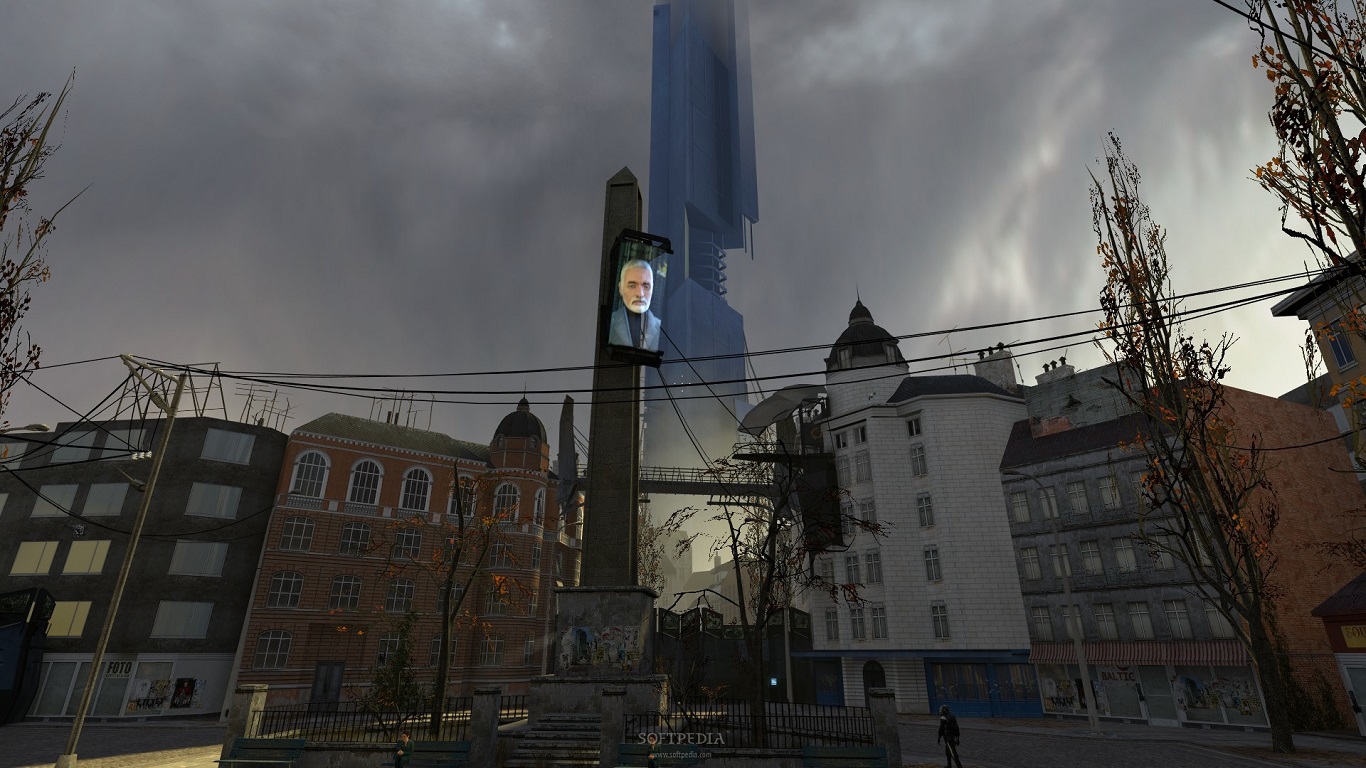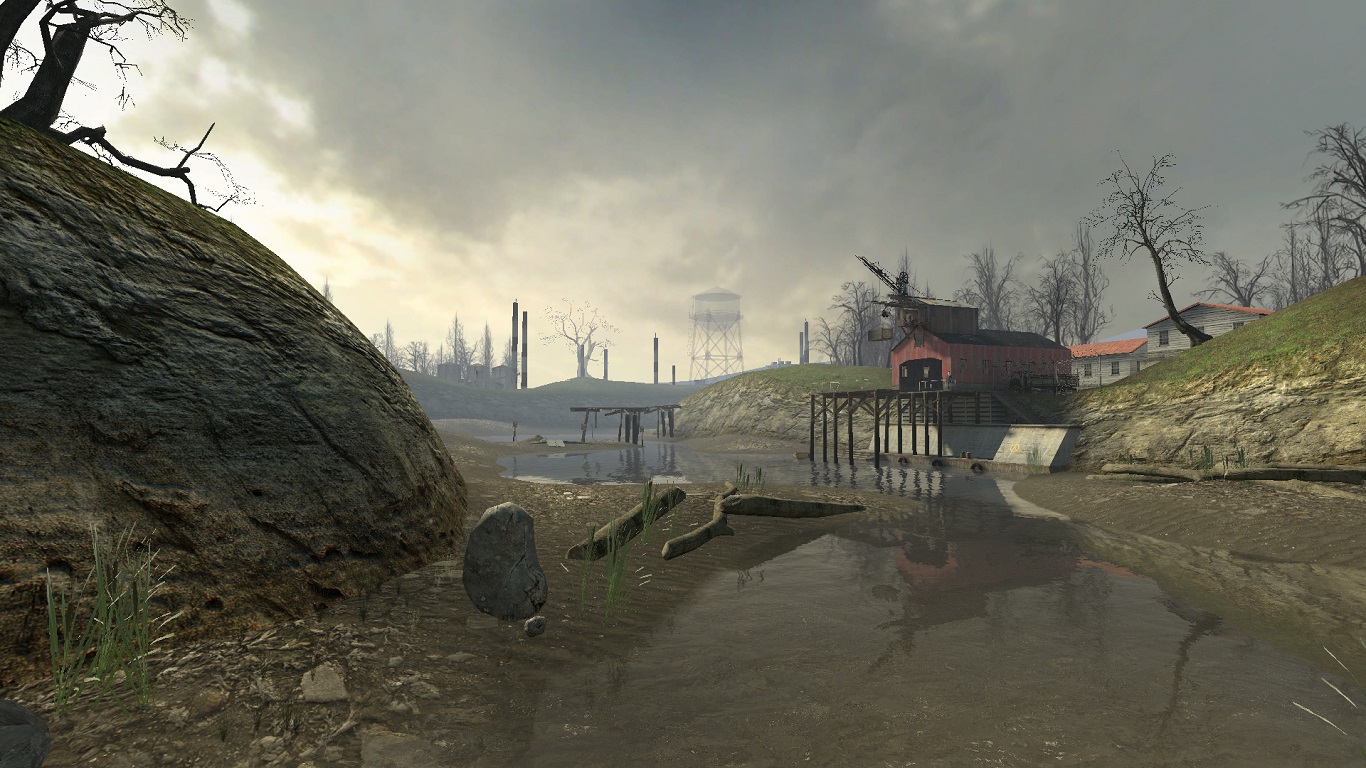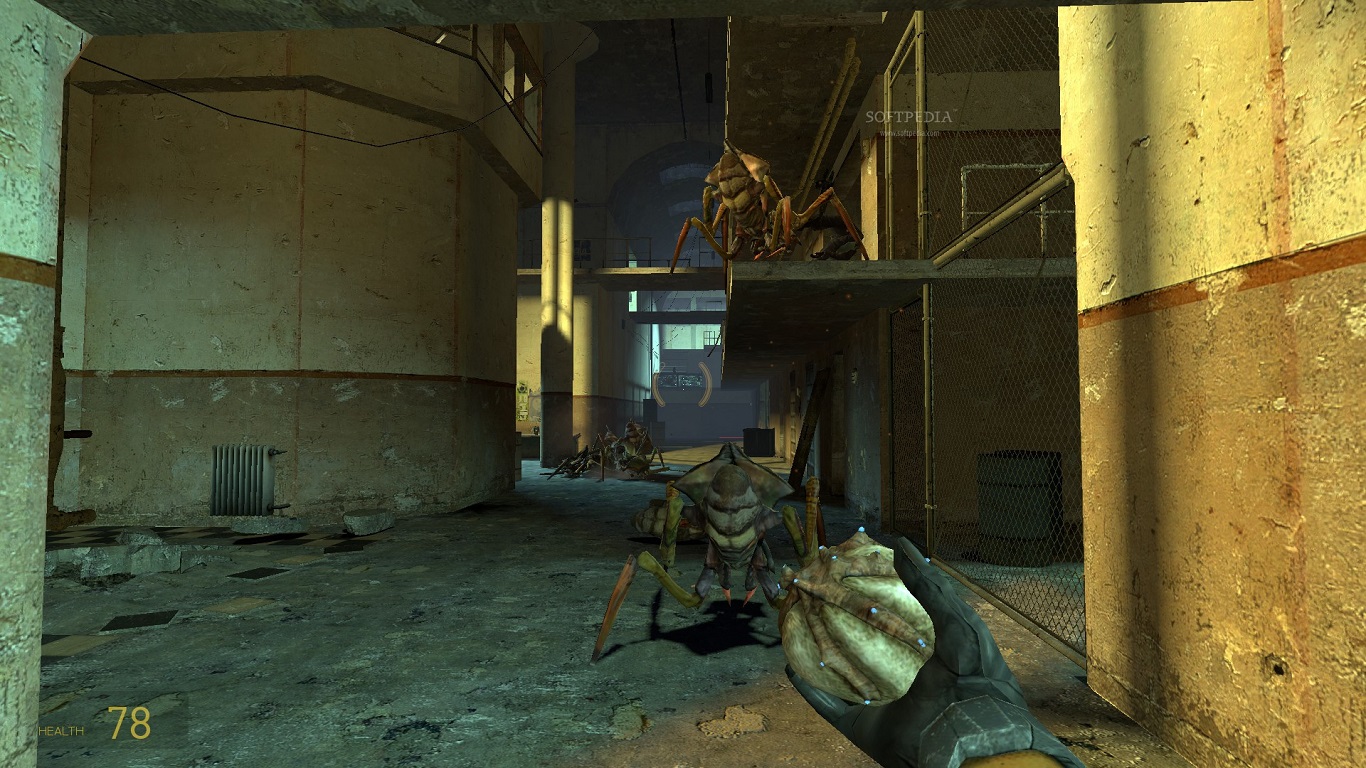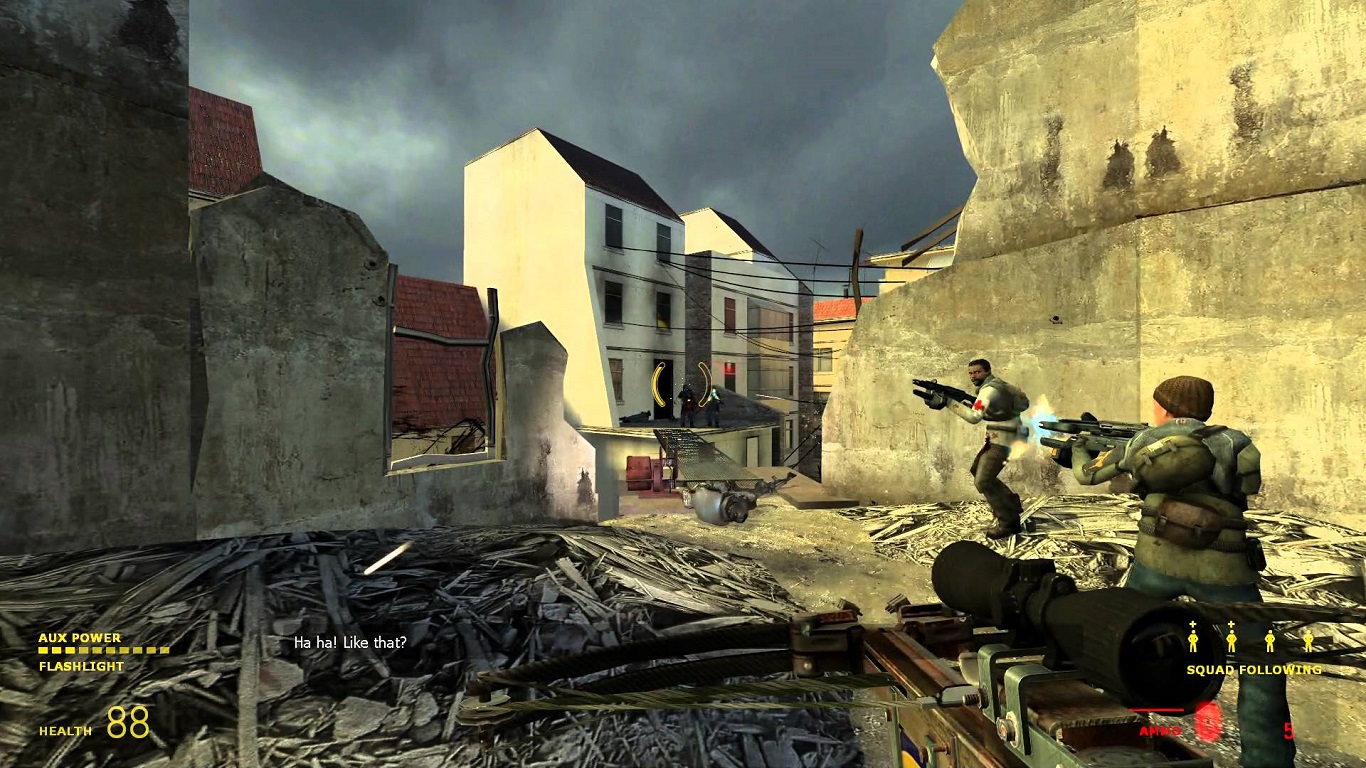INTRODUCTION
Half-Life 2 (stylized as HλLF-LIFE2) is a first-person shooter video game developed and published by Valve Corporation. It is the sequel to 1998's Half-Life, and was released in November 2004 following a five-year, $40 million development phase. During development, a substantial part of the project was leaked and distributed on the Internet. The game was developed alongside Valve's Steam software and the Source engine.Taking place some years after the events of Half-Life, protagonist Gordon Freeman is woken by the enigmatic G-Man to find the world has been taken over by the alien Combine. Joined by allies including resistance fighter Alyx Vance, Gordon searches for a way to free humanity using a variety of weapons, including the object-manipulating Gravity Gun.
Like its predecessor, Half-Life 2 received critical acclaim. It was praised for its advanced physics, animation, sound, AI, graphics, and narrative. The game won 39 "Game of the Year" awards and the title of "Game of the Decade" at the 2012 Spike Video Game Awards, and is widely considered to be one of the greatest and most significant video games of all time. Over 6.5 million copies of Half-Life 2 were sold at retail by December 2008, (not including Steam sales). As of February 2011, Half-Life 2 had sold over 12 million copies.
GAMEPLAY
Like its predecessor, Half-Life 2 is a single-player first-person shooter broken into several chapters, permanently casting the player as protagonist Gordon Freeman. The sequel has similar mechanics as Half-Life, including health-and-weapon systems and periodic physics puzzles, except with the newer Source engine and improved graphics. The player also starts without items, slowly building up their arsenal over the course of the game. Despite the game's mainly linear nature, much effort was put into making exploration rewarding and interesting; many optional areas can be missed or avoided.A diverse set of enemies is present, which usually require being approached with different tactics: some coordinate in groups to out-maneuver or out-position the player; others, such as the Manhack, fly directly at the player through small openings and tight corridors. Others use predictable but powerful attacks, while others hide before swiftly attacking the player. Gordon can kill most enemies with his weapons, or make use of indirect means, exploiting environmental hazards such as explosive pressurized canisters, gas fires or improvised traps. For some portions of the game, Gordon can be joined by up to four armed Resistance soldiers or medics, and can send his team further from him or call them back.
Many of the game's new features utilize its detailed physics simulation. Two sections of the game involve driving vehicles. Instead of button-orientated puzzles from Half-Life, environmental puzzles are also introduced with makeshift mechanical systems, revolving around the player's new ability to pick up, move, and place objects. Solutions involve objects' physical properties, such as shape, weight, and buoyancy. For example; In chapter three, "Route Kanal", the player is required to stack cinder blocks on a makeshift see-saw ramp to proceed over a wall. Alternatively, the player can build a crude staircase with the blocks, so the puzzle may be solved in multiple ways.
Part-way through the game, Gordon acquires the Gravity Gun, which allows him to draw distant objects towards himself or forcefully push them away, as well as the ability to manipulate larger and heavier objects that he cannot control without the weapon. These abilities are required to solve puzzles later in the game, and can also be used to great effect in combat, as any non-static object within proximity to the player has the potential to be used as a makeshift defense, such as a file cabinet, or a deadly projectile, such as a gasoline can or buzzsaw blade.
The game never separates the player with pre-rendered cutscenes or events; the story proceeds via exposition from other characters and in-world events, and the player is able to control Gordon for the entirety of the game. Much of the backstory to the game is simply alluded to, or told through the environment.




